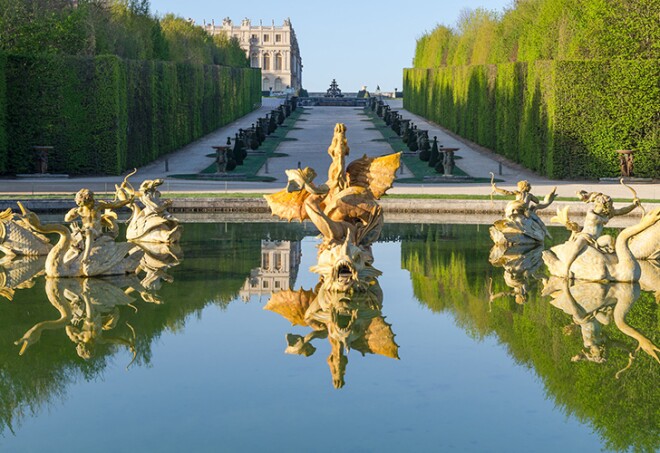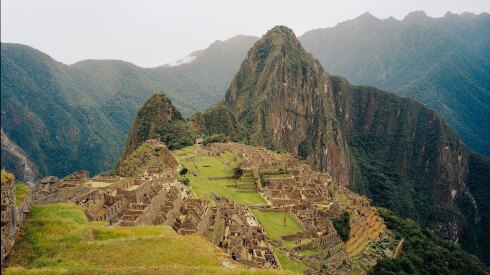Best French Getaways (Outside of Paris!)
It may be hard to imagine feeling the necessity to skip town when the capital has so much to offer. But to really understand France - its people, culture, values and storied past - you’ll need to reach beyond the well-heeled streets of Paris. Some of these spots make ideal day trips from the city while others deserve your undivided attention. All are picture- perfect so keep your cameras handy.
Place d'Armes, 78000 Versailles, France
Without a doubt Versailles is the most luxurious palace in Europe, built to astound visitors and impress the king’s subjects into awed submission with crystal chandeliers, gilt, and fine art. This opulent monument is also attractive to those with simpler tastes: Visitors with green thumbs will love the king’s kitchen gardens while others may want to rent bicycles to pedal the lavish grounds, and animal lovers will enjoy the sheep, goats, and chickens receiving the royal treatment at the queen’s quaint hamlet. La Petite Venise, an excellent restaurant on the grounds, offers garden seating on sunny days.
10 Rue de la Paix, 06360 Èze, France
A maze of narrow medieval streets wind up and down this village perched along the Grande Corniche. The ruins of a château are now an exotic garden, and the 18th-century neoclassical Notre Dame of the Assumption church is a national monument. Spectacular views inspire artists and artisans, and their galleries fill the village. Exceptional restaurants like the Château Eza are happy to welcome guests for a drink or a Michelin-starred meal as they relax and savor the scenery.
Aiguille du Midi, 74400 Chamonix, France
France’s Chamonix Valley is one of the most scenic places on the European continent. It’s a narrow river valley which houses everything from rock-climbing centers to pulsing bars and pubs, and on both sides of the river the peaks of the French Alps explode thousands of feet into the sky. While there are numerous ways to experience the grandeur of the mountains from Chamonix—boarding the ski lift at Les Grands Montets, biking along the steep ridges, or paragliding off the many peaks—the most accessible might be a ride on the Aiguille du Midi cable car, a hair-raising ascent that gains 9,200 vertical feet over the course of 20 minutes. From the summit perch you can take in a 360-degree view beneath Mont Blanc, and from this frigid vantage point set nearly at the top of Europe, it’s almost possible to reach straight out and touch the sky.
108 Quai du Port
It isn’t wine or cocktails that mark happy hour for locals in Marseille but Pastis, the anise-flavored drink of choice first commercialized by Paul Ricard during the prohibition of absinthe. Ricard’s recipe and formula– star anise, licorice root; five volumes of water for one volume of Pastis - proved an instant hit back in the early 1930’s and is largely responsible for popularizing the aperitif-hour tradition in the south. Today’s experts can be found at La Maison du Pastis, a shop tucked deep in the colonnades of the Vieux Port specialized in 75 different varieties of Pastis and Absinthe. Be sure to ask for a taste before you pick up a bottle, the staff is more than happy to oblige.













